Individual Mini Pavlova Nests With Grapefruit Curd

These easy mini pavlova nests create a crunchy and chewy meringue topped with sweet and tangy grapefruit curd. Made with a no fail Swiss meringue, it's the perfect individual, make-ahead, gluten free dessert!
Pavlova is an incredibly simple, naturally gluten free dessert with very few ingredients, but full of delicious textures and filling options.
In this winter pavlova recipe, a simple Swiss meringue is made into individual mini meringue nests and baked low and slow to dry out.
The meringue becomes light and crunchy on the outsides with a soft chew towards the center. In large pavlovas, the center stays even softer.
Then, the small pavlovas get filled with a tangy grapefruit curd and fresh, bruleéd grapefruit slices. If you like meringue cookies, you'll love this recipe!
Because this is an individual version rather than a large pavlova, you may even consider this an Eton Mess!
If you aren't a fan of grapefruit, you could also fill this winter pavlova with my lemon curd recipe and sliced oranges, or use cranberry curd from this tart recipe and top with sugared cranberries.
However you decide to dress or decorate the mini pavlova nests, it's the perfect light and sweet dessert!
- Eggs. Three full eggs for the grapefruit curd, four egg whites for the mini pavlova nests. Use the leftover yolks to make my Dark Chocolate Pots de Creme!
- Granulated sugar. Included in both portions of the recipe.
- Cornstarch. Just 1.5 teaspoons as extra reinforcement to stabilize the meringue and create a nicer texture. Note, this can be made without cornstarch, but there is a higher chance of the pavlova cracking or sinking.
- Vanilla. This provides extra flavor to the meringue and gives it a marshmallow flavor.
- Grapefruit. About two large ruby red grapefruits
- Unsalted butter. To whisk into the grapefruit curd.
This recipe requires a bit of advanced prep. Make both the grapefruit curd and mini pavlova nests the day before you plan to serve them. I actually like to bake the small pavlovas in the evening and leave them in the cold oven to store overnight.
Then, the next day (or even days), the individual pavlovas can be assembled on a dessert platter and served when ready!
STEP 1: Zest and juice a grapefruit or two until there is three tablespoons of zest and ⅔ cup (5oz) of fresh juice. Then, add the eggs, sugar, zest and juice to a saucepan and whisk and heat until thickened.
STEP 2: Pass the curd through a fine mesh sieve, then whisk in the butter one piece at a time until fully incorporated. Cover with plastic wrap and chill in the fridge for at least 2 hours.
Before starting on the swiss meringue, lay a piece of parchment on a large baking sheet and trace six, 4-inch circles on the paper. Also be sure to have a totally clean mixing bowl and whisk for the meringue.
STEP 3: Set a double boiler over medium heat and add the egg whites, sugar, and salt to the bowl. Whisk consistently until the sugar is completely dissolved and reaches 170℉/77℃ on a digital thermometer.
STEP 4: Transfer the egg whites (use a dish towel or pot holders to hold the hot bowl) to the bowl of a stand mixer with the whisk attachment and whip on high speed until soft peaks form.
Sprinkle over the corn starch and continue whipping until stiff peaks form and hold a mass in the whisk.
Once the meringue is done, add a very small dollop to each corner of the pan and press the parchment into it. This helps keep it from moving as you spread the meringue nests.
STEP 5: Distribute the meringue evenly between the six circles, keeping the mounds high. Then, using an offset spatula or spoon, gently work the meringue down to the edges of the circle. Move around the edges to smooth them out slightly.
Make deep swoops in the center of the pavlova nests for the filings to sit in.
STEP 6: Bake the meringue in a preheated 225℉/107℃ oven for one hour. Then, turn the oven off and allow the meringues to cool down with the oven door CLOSED for at least two hours. Don't open the door before then!
Step 7: When ready to serve, place the mini pavlova nests on plates or a platter and spoon in the grapefruit curd to fill the meringue. Cut off the rind of a grapefruit (down to the flesh) and segment out the slices with a sharp knife to place on top of the curd.
If desired, pat the segments dry, push one side into granulated sugar, then torch the sugared side using a kitchen torch. This is optional for a bit of extra flavor and color.
Garnish the individual pavlovas with fresh mint or basil.
- Make both the curd and nests a day ahead of time. They both need ample rest time and are great to assemble a day or two in advance.
- Use a totally clean bowl and whisk to whip the meringue. Any grease can cause the meringue not to whip up.
- Using a hand mixer is ok, but it will take quite a bit longer for the meringue to whip up.
- When creating the nests, be sure to get a good swoop in towards the bottom. If it's too thick in the center, it won't bake up as nicely, and there should also be space to hold the grapefruit curd.
- Having a correct oven temperature is crucial for this bake. I suggest relying on an oven thermometer.
- Only assemble the meringue nests when ready to serve. Otherwise, the curd will "melt" the meringue.
While this recipe tops the small pavlovas with grapefruit curd and slices, there are a variety of fillings and ways to decorate a pavlova. Here are some of the most common:
- Lemon curd, passionfruit curd, lime curd
- Mango, berries, or fresh fruit
- Whipped cream is typically paired with fruit or curd options! Use the whipped cream from this recipe to make your own!
- Nutella
It's also common to make the nests by using a large piping tip and piping the meringue on. If you choose this route, just be sure to leave a well in the center for the filling!
Store the unassembled mini pavlova nests in a sealed container at room temperature for three days. Only assemble the meringues and add the curd and fruit right before serving.
The pavlova nests should not be frozen.
A pavlova is a large mass of whipped meringue (egg whites and sugar) baked at a low and slow temperature. The meringue dries out to create a light crunchy edge and a lightly chewy middle.
What is the difference between meringue and pavlova?They are made of the same ingredients (eggs and sugar) and are both whipped to peaks. A meringue is referred to in the pre-baked state, and a pavlova is the baked state of meringue.
It's not necessary, but provides a nicer, fluffier texture and aids in preventing cracks from forming on the pavlovas.
How do you know when a pavlova is ready?A pavlova is ready when it can easily be removed from the parchment paper. If it is still sticking to the bottom, the meringue has not quite dried out enough.
Can I put it back in the oven if it's under baked?If you notice any pavlovas that are under baked, remove the "done" nests and add the under baked pavlovas back to a 225℉/107℃ oven for 20-30 minutes, then turn off the oven and allow them to sit for 2 hours with the door closed.
Why is my pavlova brown?This is likely because the oven temperature was too high. It's crucial to have an oven thermometer to make a pavlova.
How to store a pavlova?Pavlovas should be stored in a sealed container in a cool, dry space for 3 days.
Can I refrigerate pavlova?Pavlova should not be refrigerated, and should instead be stored in a sealed container. The fridge and changes in temperature can create moisture, which is a pavlovas worst enemy!
- Dark Chocolate Pots de Creme
- Thai Tea Crème Brûlée
- Mini Speculoos Cheesecake
Did you make this recipe? Tag me on Instagram or Facebook and leave a star rating⭐️ below! For more ideas, follow me on Pinterest.
Individual Mini Pavlova Nests With Grapefruit Curd
Recipe details
Ingredients
Grapefruit Curd
- 3 large eggs
- 2/3 cup granulated sugar 133g
- 3 tablespoons grapefruit zest
- 2/3 cup grapefruit juice freshly squeezed (5oz)
- 6 tablespoons unsalted butter room temperature (85g)
- Red food coloring optional
Mini Pavlovas
- 4 large egg whites ~120g
- 1 cup granulated sugar 200g
- 1/8 teaspoon kosher salt
- 1/2 tablespoon vanilla paste or extract
- 1 1/2 teaspoons corn starch
Instructions
Grapefruit Curd
- Zest the grapefruit until there is 3 tablespoons of zest. Cut and juice the grapefruit until there is ⅔ cup of grapefruit juice - remove any seeds.
- Cut the butter into tablespoon pieces and place a fine mesh sieve on top of a bowl.
- Add the eggs, sugar, grapefruit juice and zest to a medium saucepan over medium low heat. Whisk constantly until the curd thickens considerably and it just starts to bubble, about 5 minutes. A track mark should remain on a rubber spatula when wiped.
- Transfer the curd to the fine mesh sieve and pass it through into the bowl using a rubber spatula or wooden spoon. Scrape the underside of the sieve to remove all curd.
- Adding one tablespoon of butter at a time, whisk it in completely to combine before adding the next tablespoon of butter.
- Add a drop or two of red food coloring if the curd is too light or dull. See "Notes" for more detils.
- Cover the curd with plastic wrap, placing the wrap directly onto the curd to prevent a skin from forming.
- Chill while the pavlovas are baking and store in the fridge until ready to use
Mini Pavlovas
- Fill a saucepan with about 1 inch of water and turn to high heat. Add a heat proof bowl over top that fits securely. You don’t want any of the water touching the bottom of the bowl.
- To the bowl, add the egg whites, sugar and salt and whisk well to combine. Continue lightly whisking every 30 seconds until the mixture is quite warm and the sugar granules have dissolved (170℉). Check this by rubbing your fingers together in the mixture. If you can still feel sugar granules, continue cooking.
- Once the mixture is ready, transfer it to the bowl of a stand mixer fitted with the whisk attachment (or use a handheld mixer) and whip on medium speed for about a minute. Turn to high speed and whip until soft peaks form.
- Add the vanilla and sprinkle the corn starch over the top. Continue whipping on high speed until stiff peaks form. The total process typically takes between 2-4 minutes with a stand mixer.
- The meringue is ready when the bowl can be turned upside down without any movement or sliding and holds a peak on the tip of the whisk without falling.
Assembling & Baking
- Preheat the oven to 225℉/107℃. Place a dime sized swipe of meringue on the corners of a large baking sheet, then line with parchment paper. This helps keep the parchment in place.
- Using a pencil, trace six, 4-inch circles evenly spaced on top of the parchment paper.
- Place a tall mound of meringue to each circle, adding to each until they're even and the meringue has all been used. Using two spoons is best here - one to hold the meringue and one to scrape off the meringue.
- Use an offset spatula or spoon and carefully work the meringue down to fill out the circle. Go around the edges to keep it smooth and formed, then make a few swoops and canals in the center of the meringue. This is best to hold the curd and helps it bake up nicely!
- Bake the mini pavlovas for one hour. Then, turn off the heat and allow them to fully cool in the oven for at least two hours.
- Add a spoonful or two of the curd to each pavlova, and top with segmented grapefruit. The segments can be dipped in sugar and bruleed with a torch for extra flavor and color, if desired.
Tips
- Assembled pavlovas should be eaten shortly after assembling. Store unassembled pavlovas at room temperature, uncovered, for two days. Store in a cool, dry place.
- The curd will last in the fridge for one week.
- One large grapefruit should produce enough zest and juice for the curd. You will need two large grapefruits if also adding segments to the top.
- Using ruby red grapefruit will produce the best color curd. If you can't find ruby red, you may want to add a touch of food coloring to brighten the color.
- Be sure your bowl and whisk are completely clean before whipping the meringue. Any grease can prevent the meringue from whipping properly.




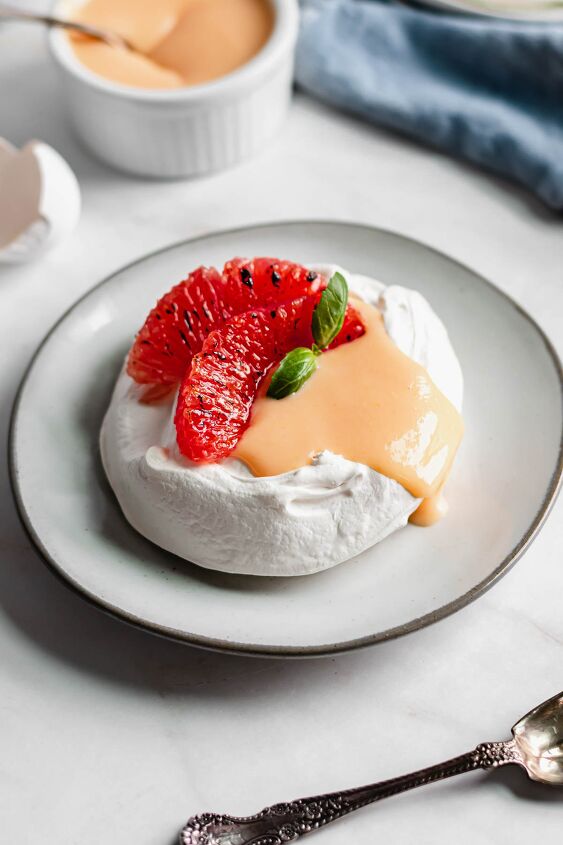

















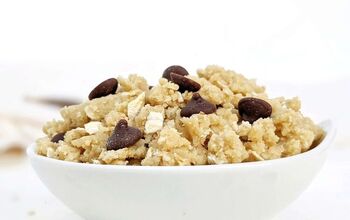
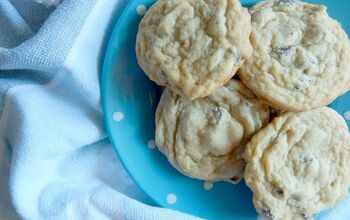
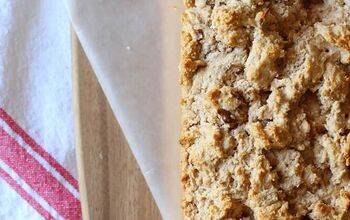
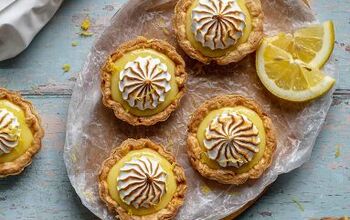
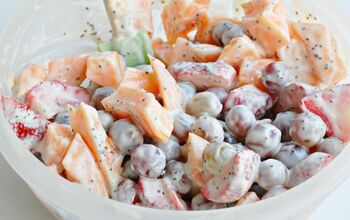
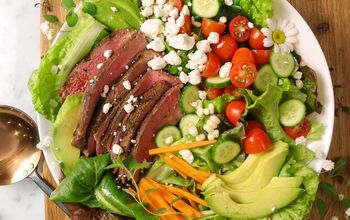
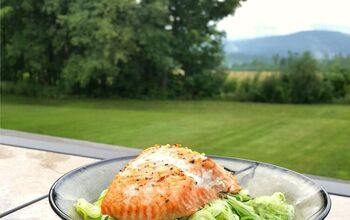
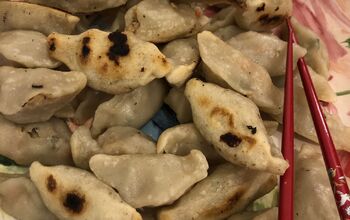
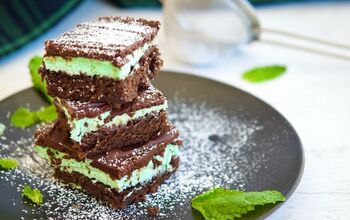
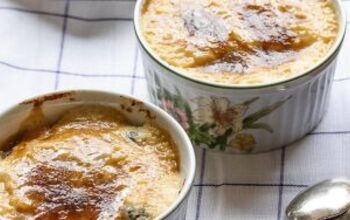

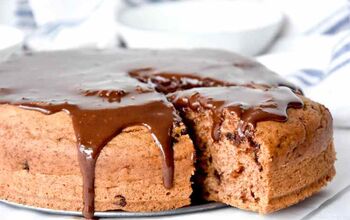
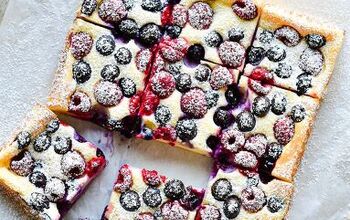
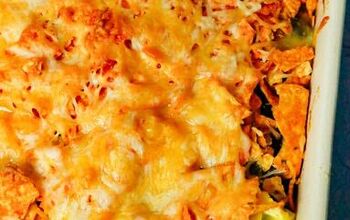

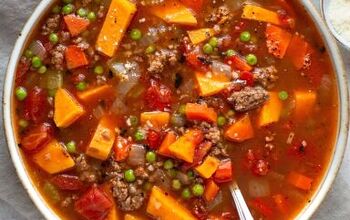


Comments
Share your thoughts, or ask a question!